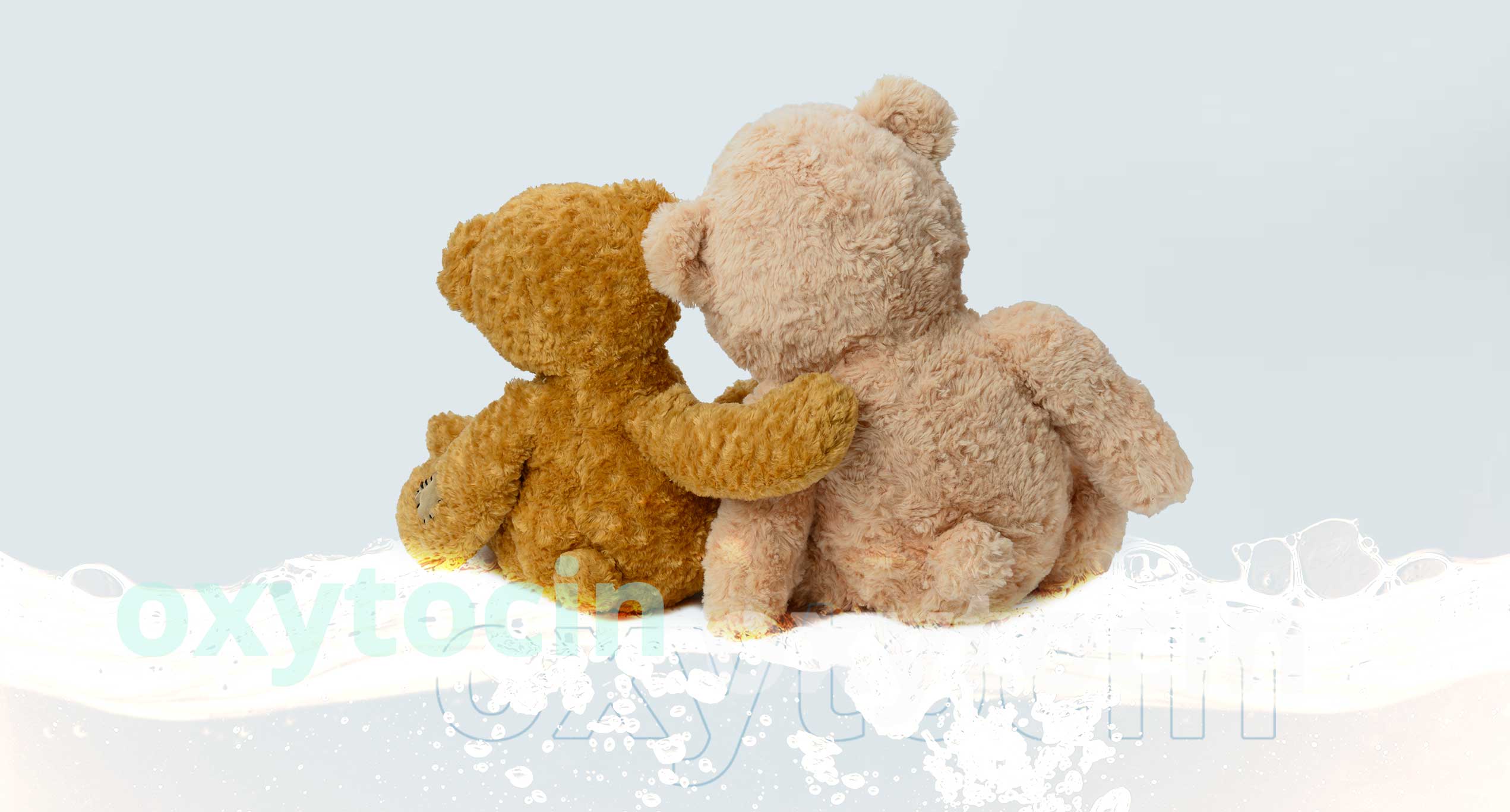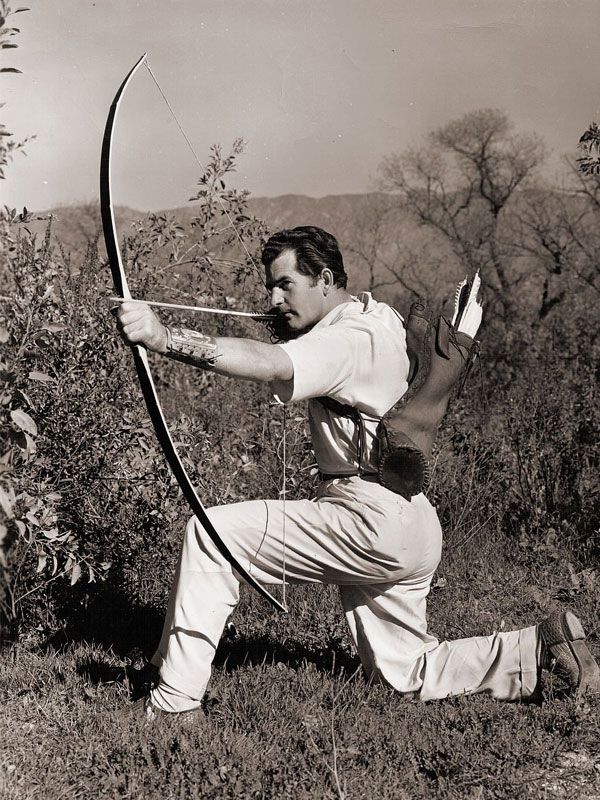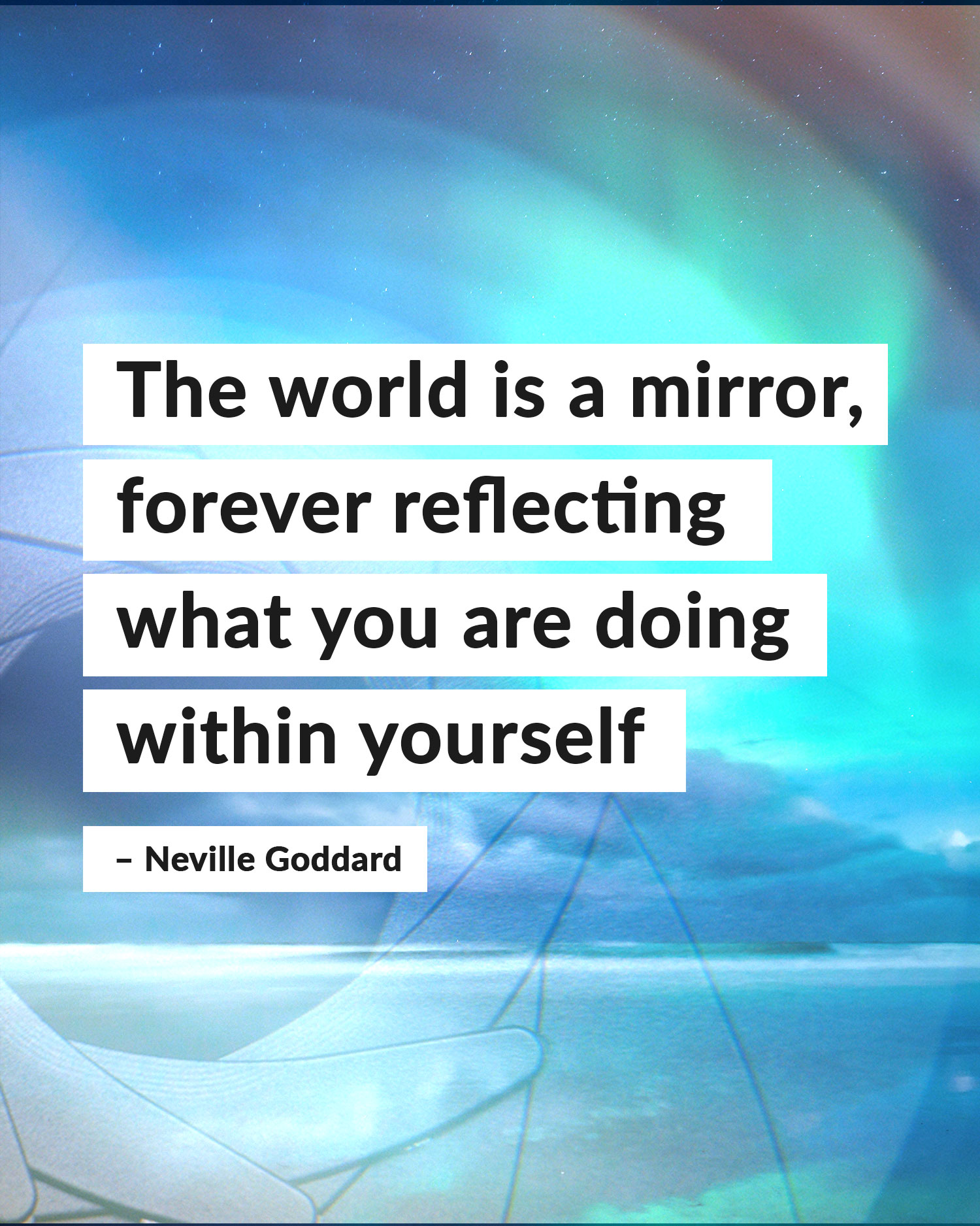Nurturing Mindfulness:
A Journey to Inner Harmony and Professional Success
PUBLISHED IN FEBRUARY 2024
In the bustling tapestry of our daily lives, finding moments of tranquility can feel like a rare luxury.
A midst the demands of work, relationships, and personal growth, the concept of mindfulness emerges as a beacon of solace — a practice that not only addresses common challenges but also fosters a richer, more fulfilling existence.
In this article, we will explore the essence of mindfulness,
the problems it skillfully navigates, and the myriad reasons why investing in its development is a profoundly worthwhile endeavour.


Let me first share why I care so much about developing a practice of mindfulness… In the summer of 1996, I embarked on a journey to Paris, the city of love, with my newlywed husband.
The picturesque landscapes of the French vineyards unfurled before us as we travelled down from the Netherlands. It should have been a time of unbridled joy and enchantment, a honeymoon filled with romance and lasting memories. Little did I know that my own fears and insecurities would cast a shadow over the breathtaking scenery.
Despite the stunning backdrop of castles and the allure of Parisian streets, my mind was elsewhere. In the subtle gestures of love, I sought reassurance—was he still in love with me? Did he truly care? I was constantly on the lookout for those “romantic” signs, like whether he pulled out the chair for me.
My mind was racing, and I was missing the beauty around me. Two weeks in France, and my memories were but fleeting glimpses, like fragments of a dream slipping through my fingers. The grandeur of the Louvre, the romance of the Eiffel Tower – mere snapshots in a hazy recollection.
Fast forward to 2019, and I found myself back in Paris, this time with a dear friend from the UK. Something had changed in the interim years—Paris, once a backdrop to my inner turmoil, became a canvas for creating cherished memories.
But it was not Paris that had changed, a transformative shift that would turn my experiences on their head. I was fully present in the moment, my mind unburdened by the anxieties that once plagued me. In the intervening years, I had discovered the practice of mindfulness—a simple yet profound shift that allowed me to be fully present. The constant chatter in my mind quieted, and I learned to appreciate the beauty of the moment without the noise of doubts and insecurities.
As I strolled through the enchanting streets of Paris with my friend, I was truly there—absorbing the sights, savouring the flavours, and cherishing the companionship. The fears that once held me captive had given way to a newfound freedom—the freedom to experience life with joy and presentness.
This time, my memories are not fleeting; they’re a vibrant tapestry of rich experiences. The Eiffel Tower, the charming cafés, and the cobblestone streets all played a part in a story that I can vividly recall. The stark contrast between my two trips to Paris was not due to a change in scenery but a transformation within myself.
Through the lens of mindfulness, the world transformed, and I discovered a profound sense of peace, joy, and connection—a true honeymoon of the soul.

Understanding Mindfulness
Mindfulness, at its core, is the art of being present—fully engaged in the current moment without judgement.
It draws inspiration from ancient contemplative practices, emphasising a non-judgmental awareness of one’s thoughts, emotions, and surroundings.
Imagine approaching each moment with an open heart and an unwavering focus, like a gentle river flowing calmly through the twists and turns of life.
Addressing
Common Problems
The world we inhabit is teeming with stress, anxiety, and an incessant stream of distractions.
Mindfulness acts as a gentle guide, offering a sanctuary amid the chaos.
By fostering self-awareness, it helps you navigate challenges such as stress, burnout, and the overwhelming pace of modern life.
Why Develop
Mindfulness
As you might see from my example, the decision to develop mindfulness is a gift to oneself—an investment in mental well-being that pays dividends across various facets of life.
Mindfulness enables us to respond rather than react, fostering emotional resilience and clarity.
In a world where the ability to adapt is paramount, mindfulness becomes a powerful tool for you to navigate change with grace and equanimity.
Scientific Validation of Mindfulness
Research in neuroscience and psychology provides compelling evidence of the positive impact of mindfulness. Studies show changes in brain structure associated with increased attention and emotional regulation. Additionally, mindfulness-based interventions have been linked to reduced symptoms of anxiety, depression, and improved overall well-being.
Mindful in the Contex of Work
The workplace, often a crucible of stress and high expectations, is an ideal arena for the application of mindfulness. By integrating mindfulness practices, individuals can enhance their professional lives in the following ways:
- Enhanced Decision-Making: A mindful approach to decision-making allows for a more thoughtful and considered response, minimising impulsive reactions
- Improved Communication: Mindful listening and effective communication go hand in hand. Being fully present in conversations fosters better understanding and collaboration.
- Stress Management: The ability to navigate workplace challenges with composure is a hallmark of mindful professionals, contributing to a healthier work environment
- Leadership Development: Mindful leaders inspire trust and resilience in their teams. By modelling mindfulness, leaders foster a positive organisational culture.
Beginning The Journey
Embarking on the mindfulness journey need not be daunting. Start with small, manageable steps that integrate seamlessly into your daily routine. If you're looking for more personalized guidance or wish to deepen your practice, consider connecting with a professional Sydney mindset coach. Our experts can provide tailored advice and strategies to help you incorporate mindfulness into your life, enhancing your journey towards inner harmony and professional success.
Here are some tips on how to Begin Developing Mindfulness:
- Start Small: Begin with short, manageable sessions. Set aside just a few minutes each day to sit quietly and focus on your breath.
- Use Everyday Moments: Turn routine activities into mindful opportunities. Whether it’s savouring your morning coffee or paying full attention while washing dishes, infuse these moments with mindfulness.
- Body Scan Meditation: Take a few minutes to scan your body, paying attention to any tension or discomfort. This simple practice promotes body awareness
- Mindful Breathing: Focus on your breath – the rise and fall of your chest or the sensation of air passing through your nostrils. This anchors you in the present moment
- Guided Meditations: Explore guided meditations, readily available online or through apps. These can gently lead you into the practice, offering support and structure
- Incorporate Mindfulness into Daily Activities: Practice mindfulness during routine activities, like eating. Pay attention to the sensations, smells, and sounds around you
- Mindful Walking: Pay attention to each step as you walk. Feel the ground beneath your feet, and let your senses absorb the world around you
- Stay Consistent: Like any skill, mindfulness improves with practice. Consistency is key, so aim to incorporate mindfulness into your routine regularly.
Conclusions
In essence, mindfulness is not merely a practice; it is a transformative journey toward a more conscious and harmonious existence.
By cultivating mindfulness, we equip ourselves with the tools to navigate life’s challenges with grace, resilience, and a profound sense of well-being.
As you embark on this journey, may each mindful breath be a step towards a brighter, more balanced future.


Deb Maes
WRITER
Deb Maes, M.A. Comm is like a magician in the way she is able to discern the exact key to unlock more of the untapped potential in leaders.
Share this article
BACK TO ARTICLES











